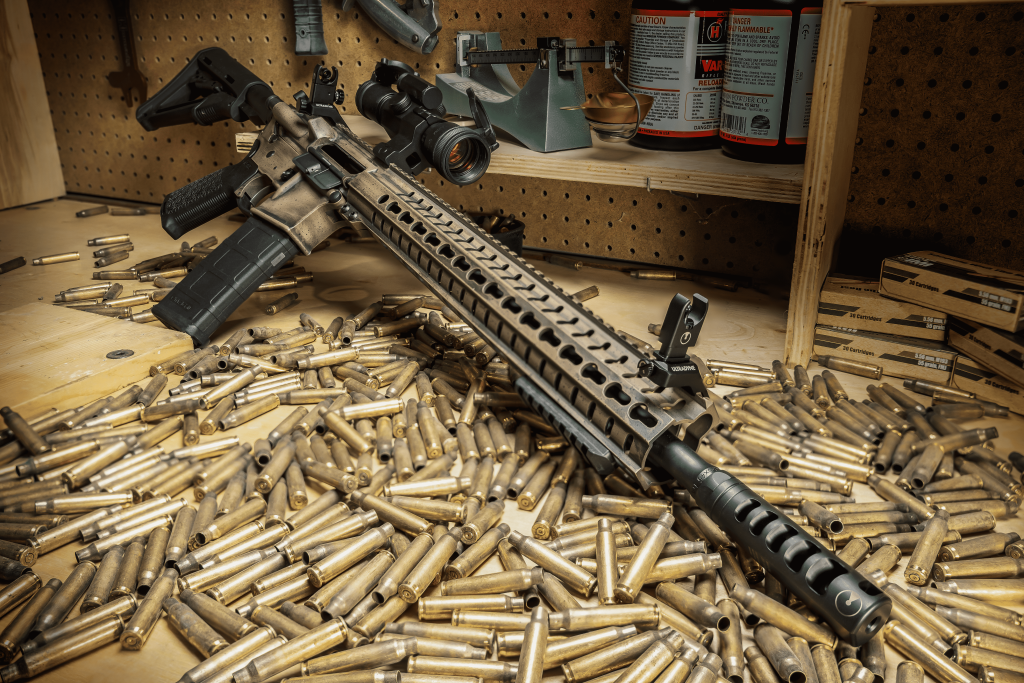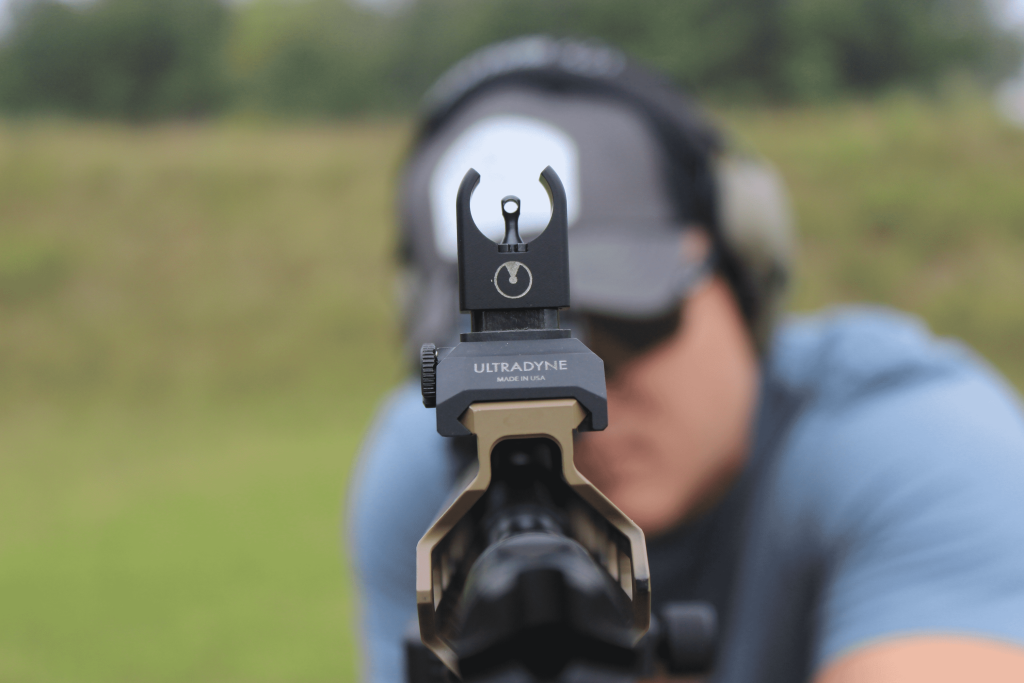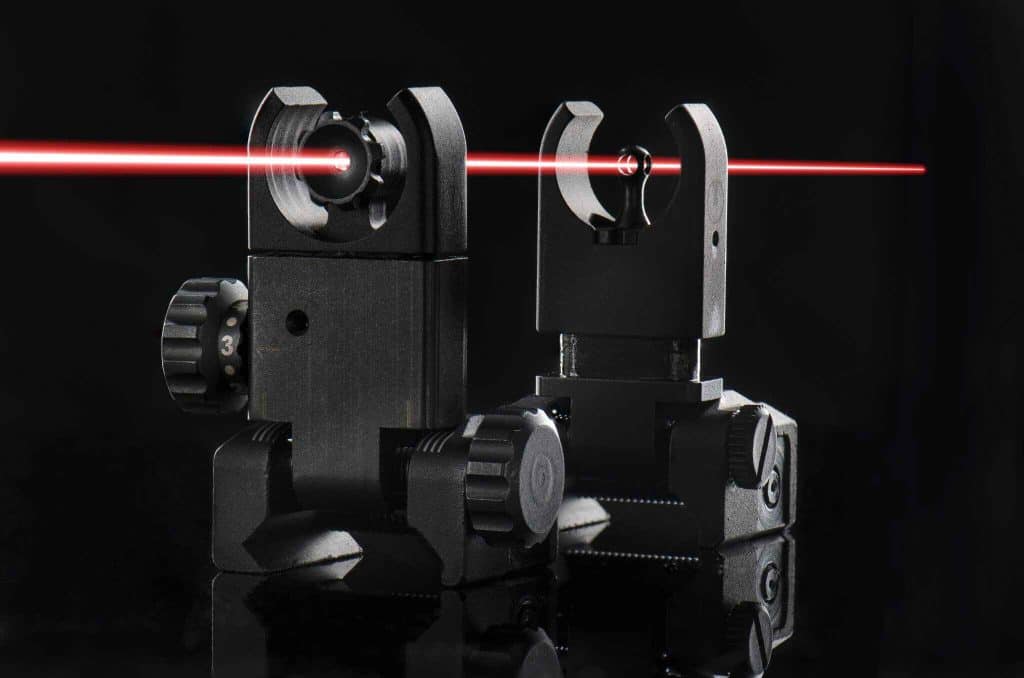Should You Have Backup Iron Sights?

Introduction
When it comes to firearms and their accessories, there are countless debates and discussions within the shooting community. One such debate revolves around the necessity of backup iron sights on firearms, especially those equipped with modern optics like red dot sights or scopes. In this blog post, we will discuss the pros and cons of having backup iron sights, exploring the factors that can help you make an informed decision on whether or not to invest in them for your firearm.
The Evolution of Rifle Sights
Rifle sights have come a long way from the early days of crude iron sights. Today, shooters have access to a wide range of optical sights like red dots, holographic sights, and magnified scopes. These advanced optics can provide more precise target acquisition, increased accuracy, and enhanced low-light performance. However, they are not without their drawbacks. One of the primary concerns is their reliance on electronic components, and there is always the slight possibility of a component breaking that would make the optic useless.
Advantages of Backup Iron Sights
- Reliability in Adverse Conditions:
Backup iron sights serve as a reliable alternative when your primary optic fails. Whether it’s due to a dead battery, electronic malfunction, or damage to the optic itself, having backup sights ensures that you can maintain your accuracy and continue shooting effectively. This reliability is especially important in life-or-death situations or adverse environmental conditions.

- Extended Battery Life:
Many modern optics rely on batteries, and they need regular replacement or recharging. With backup iron sights, you can conserve battery life by using the optic sparingly and relying on the iron sights for shots at shorter distances. This can be crucial in scenarios where resupplying batteries or recharging may not be feasible.
- Close-Quarter Engagement:
In close quarters, especially self-defense situations, where quick target acquisition is essential, iron sights are often faster than optics. The transition from a primary optic to backup iron sights is a valuable skill for anyone using a firearm for personal protection.
- Aesthetic Appeal:
Some shooters prefer the aesthetic appeal of having backup iron sights on their firearms. They enjoy the traditional look and feel of iron sights, and they may consider them an integral part of their firearm’s overall design.
Disadvantages of Backup Iron Sights
- Added Weight and Bulk:
One of the primary downsides of backup iron sights is the additional weight and bulk they add to your firearm. Although most iron sight combos are under ¼ of a pound, that may matter to some people in their builds.
2. Learning Curve:
Transitioning between optics and backup iron sights can be challenging and requires training and practice. Many shooters rely on muscle memory developed with their primary optic and may struggle to quickly and accurately engage targets with backup iron sights. However, through practice and plenty of range time, the transition can be easily mastered, leading to increased confidence when needed.
3. Limited Range:
While backup iron sights are excellent for close-quarters engagements, they are generally less effective at longer ranges. If your primary use for a firearm involves precision shooting at extended distances, you might find that backup iron sights are difficult. Luckily, certain iron sights have the capability of stretching to longer distances through calculated ballistics and dual aperture technology such as the C4 iron sights from Ultradyne.

Ultradyne Iron Sights
Ultradyne offers highly advanced iron sights that feature dual aperture technology. This technology incorporates a front aperture that actually has a hole with a sight picture to view your intended target through instead of covering the target up with a blade like traditional sights. The C4 sights from Ultradyne also have calculated ballistics for 5.56 and 7.62 calibers. These sights utilize an adjustment wheel with 50-yard elevation adjustment increments. These sights work extremely well as not only backup sights but even primary sights as well.

Conclusion
The decision of whether to have backup iron sights on your firearm ultimately comes down to your specific needs and intended use. For many, the peace of mind that comes with having a reliable backup for their primary optic is well worth the added weight and expense. Backup iron sights are especially valuable for those who rely on firearms for self-defense or in tactical situations where failure is not an option.
Even for those who primarily engage targets at longer distances, there are options available to be proficient with iron sights. With the correct aperture setup and plenty of practice, a shooter can become consistently accurate out to 600 yards with the right sight combo.
Ultimately, the key is to make an informed decision based on your unique circumstances, training, and preferences. Backup iron sights can be a valuable addition to your firearm setup, and could leave you being thankful you were prepared when certain situations arise.
